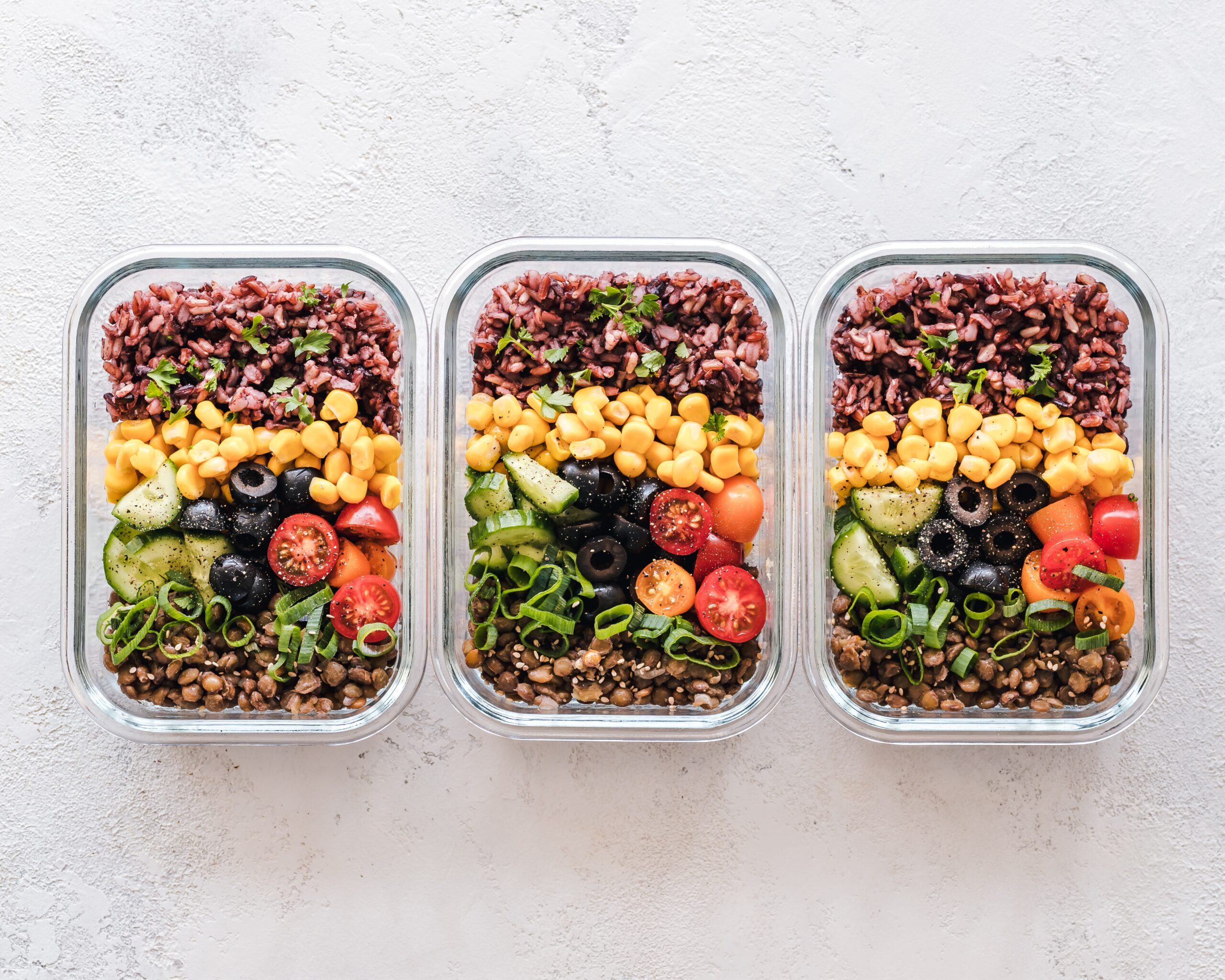We were asked by a reader to discuss meal timing and frequency, the pros cons of different strategies. There is no one definitive answer to what is better, three square meals, six spaced evenly through the day or intermittent fasting etc. It all depends. The best diet is the one which best suits your goals given your circumstances. I’ll discuss a few scenarios which may shed some light on what works best and when.
Scenario 1: Traditional Three square meals.
In this case the daily caloric and nutrient needs must be achieved through three meals. For most athletes this would mean meals would need to be quite large. Larger meals need more time to digest. If an athlete is undertaking multiple training sessions in a day the timing of these three meals may cause issues. The athlete must leave adequate time for digestion while also ensuring they are fueled for the next session. In some cases this may be possible but there would be many athletes for whom this would be impractical.
Scenario 2: Six meals spaced evenly.
In this scenario the athlete is pretty much eating before and between all sessions. This is probably more beneficial as they are fueled for activity as well as eating to recover. The smaller meals would allow faster digestion and can potentially avoid issues through choosing foods which are low in bulk or digest quickly. For high level athletes this may be difficult, as finding time to prepare and actually eat the meal could be difficult, especially in the case where an event may last several hours during a single day
In both scenarios there are issues and benefits. Eating regularly can become a chore but leaving long periods between meals will promote hunger and cravings. From a physiological perspective foods have functions which must be considered in relation to the timing of their consumption. Carbohydrate is an essential fuel for exercise. For that reason glycogen stores must be at optimal levels when competing. In training however, exercising in a glycogen depleted state can promote fat utilization, an extremely beneficial process for an endurance athlete. Such athletes may consider low carbohydrate meals prior to some training sessions.
Protein plays a major role in recovery, so a fast digesting protein source, post training, is important to start this process. Fatty meats tend to digest slower and may want to be avoided in this case. Other micronutrients should be in good supply throughout the day.
There is no doubt that long periods without eating are problematic. They cause nutrients to be depleted and promote hunger, irritability and cravings, issues which can be major distractions for athletes. There is some debate over insulin levels and blood sugar spiking through manipulation of diet. Generally insulin promotes absorption in cells so post training these spikes are not necessarily bad as they promote recovery through rapid absorption of sugars into the cells. During rest, glycogen stores are replenished, sugar is not being burned as fuel and cannot be stored as glycogen. In this case it is stored as fat. This is not good for athletes. For this reason fast digesting carbohydrate should be limited to periods during or post training. Outside of this time slower digesting carbohydrate should be eaten.
In the case of athletes needing to lose weight there is quite a lot of debate. Does an athlete need to lose fat or general mass? In the case of fat then they could utilize some fasted low intensity training. Bear in mind training in this state will hinder performance so if an athlete is undertaking a tough session then it should not be in a fasted state. If the athlete needs to reduce overall mass then a general caloric deficit is required. Again this should impact training as little as possible and so the bulk of calories should be consumed around the training session to allow for both performance and recovery. These strategies are discussed in a previous article. https://hamiltonsport.com/2015/02/fat-loss-for-athletes/
In summary, how an athlete approaches their diet depends on their goals and individual circumstances. Ideally they must arrange their diet so that they adequately meet performance and recovery needs. They must do so in a way which is both practical and sustainable. This will keep them healthy. If they must manipulate body weight and/or composition then there are added considerations. In general timing the bulk of daily carbohydrate intake around training works best. Most athletes tend to find themselves having 2-3 larger meals interspaced with several large or small snacks. Schedule will greatly dictate how you approach meal timing and frequency. Experience will show you what works best for you.
Please don’t forget to subscribe to our mailing list for free notifications on articles and VIP content.
[yikes-mailchimp form=”1″]
